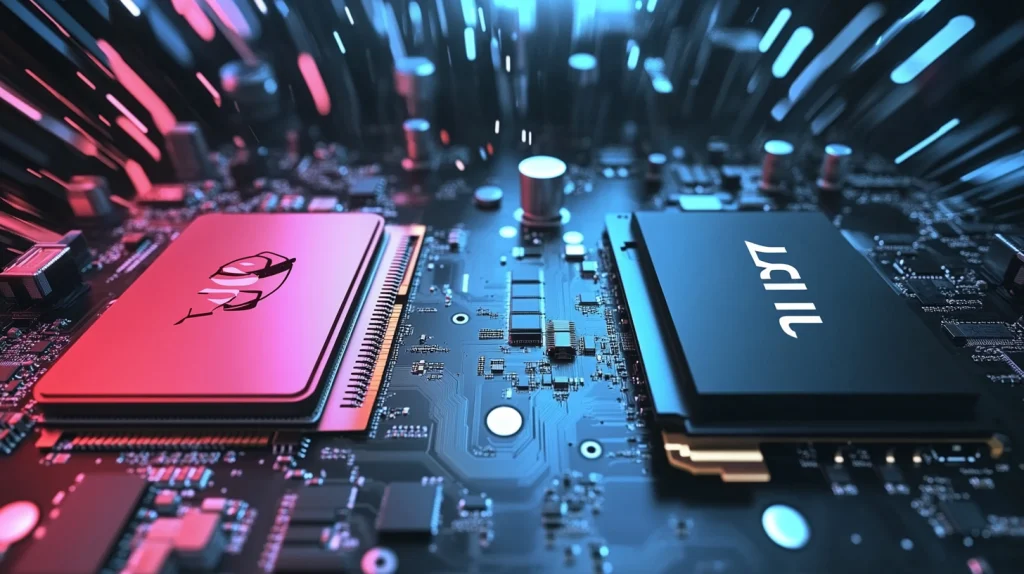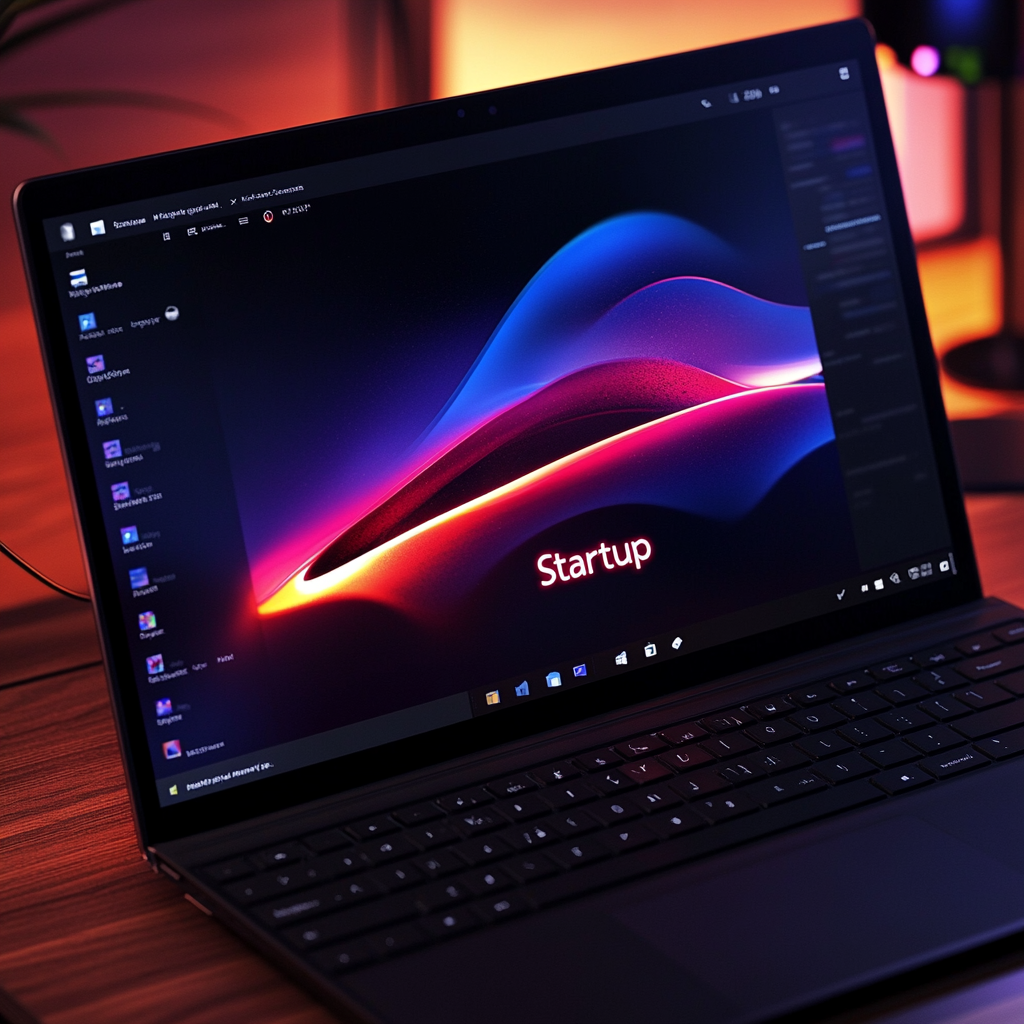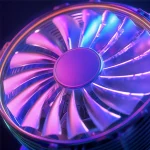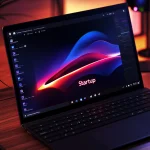There is nothing more annoying than a slow computer. Just turn it on — and you’re already waiting. Open the browser — it hangs. Click “My Computer” — you stare at the screen as if into an abyss… Sound familiar? 😬 Then this article is for you. Let’s figure out why the equipment starts to slow down, and what you can do yourself, without a specialist and complex programs.
🧩 Main reasons why a PC or laptop has become slow
🧱 1. Autostart is overloaded
Every time you turn on the system, many programs are launched – and many of them are not needed.
Often the culprits are:
- Driver updates
- Skype, Discord, Telegram
- OneDrive, Google Drive, etc.
What to do:
- Disable unnecessary elements via Task Manager → “Startup” tab.
📦 2. The disk is full (especially the system disk)
When the disk is almost full, the system does not have enough space for temporary files and cache. As a result, everything slows down.
What to do:
- Clean the Downloads, Videos, Documents folder
- Use the built-in Disk Cleanup utility
- Delete temporary files (Win + R → %temp%)

🛠️ 3. Too many background processes
Antiviruses, browsers with dozens of tabs, applications running “in the shadows” – all this loads the RAM and processor.
What to do:
- Close everything unnecessary (especially Chrome)
- Check the “Processes” tab in the Task Manager
- Delete or stop heavy and unnecessary services
🧮 4. Not enough RAM
Today, even for simple tasks you need 8 GB of RAM, and if you only have 4, you are guaranteed to experience slowdowns.
What to do:
- Increase the amount of RAM (if possible)
- Install lightweight versions of programs
- Use browsers that save RAM (for example, Opera, Edge)
⚙️ 5. HDD instead of SSD
If the system has an old mechanical hard drive, the boot and work speed will be very low.
What to do:
- Switching to SSD is the most effective way to speed up your PC.
- Even a weak system “comes to life” after this upgrade.

🐞 6. Viruses or unwanted programs
Viruses can:
- Load the system with mining
- Spy covertly
- Show ads
- Turn the PC into a “zombie” for a botnet
What to do:
- Check the system with Malwarebytes or Dr.Web CureIt
- Remove suspicious extensions in the browser
- Disable incomprehensible processes
✅ How to restore your computer speed: step-by-step checklist
🧹 Step 1: Clean up junk
- Delete temporary files
- Clear browser cache
- Empty recycle bin
Utilities:
- CCleaner
- Clean Master (Windows)
📋 Step 2: Optimize startup
- Win + Ctrl + Shift + Esc → Startup → Disable all unnecessary
💻 Step 3: Uninstall unnecessary programs
- Via Settings → Applications → Uninstall
Remove old games, demos, toolbars and utilities that you haven’t opened for years.
⚡ Step 4: Upgrade – if possible
- Replace HDD with SSD
- Add RAM up to 8 or 16 GB
- Update drivers (via Snappy Driver Installer)
🔒 Step 5: Virus Check
Scan your system at least once:
- Malwarebytes
- ESET Online Scanner
- Dr.Web Live Disk (for severe cases)
🧰 Step 6: Update Windows
Updates contain security patches, optimizations, and bug fixes that can also slow down the system.
📊 What to do if nothing helps?
- Try creating a new Windows account
- Check the disk status (chkdsk, CrystalDiskInfo)
- Consider reinstalling Windows – sometimes it’s easier than fixing
A slow computer is not always the end.
Most often, it can be sped up in 1-2 hours of simple actions, especially if you know what to look for.
💡 The main thing:
- Free up disk space
- Clean up startup
- Check for viruses
- Update software
- If possible, switch to SSD








Leave a Reply